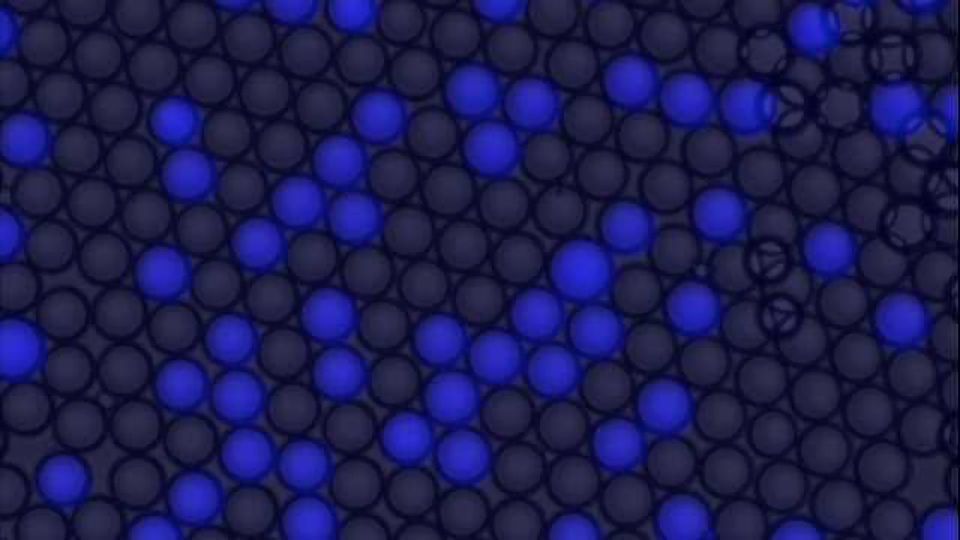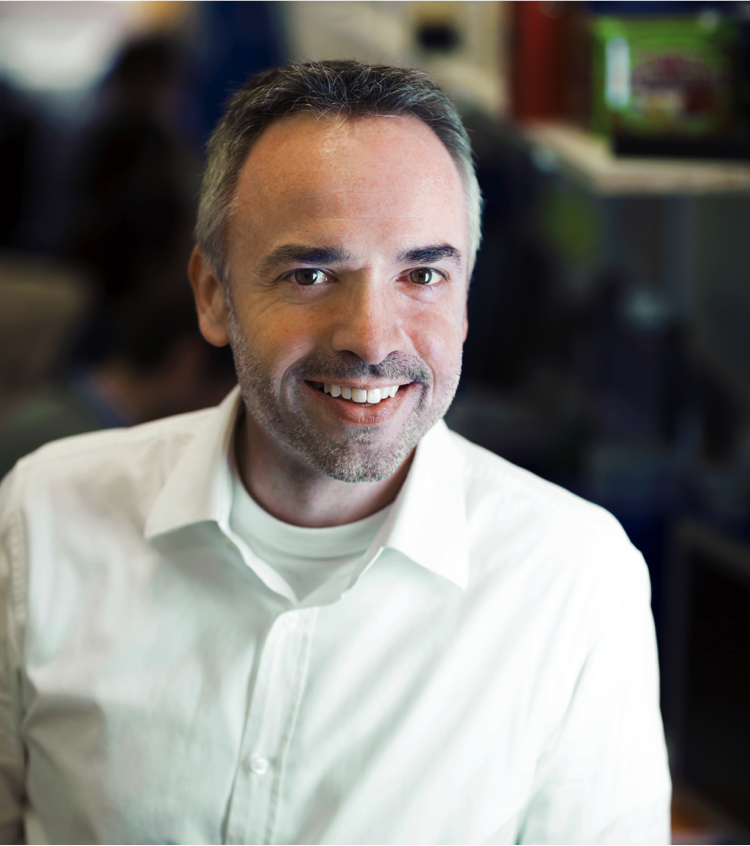Uncovering the Dark Matter of Microbiota

Complete the form below to unlock access to ALL audio articles.
Isolating live bacterial species can be a difficult process, often presenting a number of challenges. As a result, a large percentage of microbes are thought to be 'unculturable'. However, it is increasingly being realized that many of these microbes can be cultured with the use of novel growth tools and methods.
We spoke to Dirk Löffert, Ph.D., CEO of Biomillenia, to learn how microbiome-on-a-chip technology can help overcome some of the challenges of live bacterial isolation and unlock the unculturable microbiome to benefit a range of applications.
Anna MacDonald (AM): What are some of the challenges of culturing and isolating live bacterial species?
Dirk Löffert (DL): Many bacterial species cannot be easily isolated alive as they do not replicate under laboratory conditions. Quite commonly, isolating live strains requires lengthy and tedious optimization of growth medium and growth parameters even to isolate only a few strains from environmental or human samples. This is referred to as the dark matter of microbiota.
AM: Can you tell us about Biomellenia’s microbiome-on-a-chip technology, and how it can help this process?
DL: Biomillenia’s lab on a chip uses 100 million small droplets (20 pl each) that provide a unique growth environment for bacteria but also other cell types or microorganisms. That allows us to culture bacteria starting from a single cell rather than in bulk culture or on agar plates as with standard microbiology methods. Therefore, we can define an appropriate growth environment in which the bacteria do not compete with others for nutrition and essential co-factors. Also, other bacteria might secrete substances inhibitory to others. As we enclose each bacterium in a confined growth space, we also remove these inhibitory effects on growth. The other essential advantage of Biomillenia’s technology platform is the capability to deploy a range of different assay capabilities to this droplet environment at the very same enormous throughput of 100 million droplets. Thus, we are not limited to a laborious growth optimization, hoping that some of the few isolated strains might respond in a select assay to isolate product candidates. In contrast, we run millions of parallel cultures and can directly interrogate them with the specified assay to select in one step beneficial product candidates from the huge space of the human microbiota (or other environments).
AM: What impact could this technology have on the future of applications such as diagnostics and environmental monitoring?
DL: There are other technologies for diagnostics and environmental monitoring available that rely on molecular biology that destroys the cells, which is applicable in many instances. However, our technology platform’s great advantage is the ability to isolate bacterial species alive based on specific desired traits for which we can select. This will offer totally new opportunities for product development in human health and nutrition, pharma applications and other fields as it allows a better access to relevant product candidates and easier path to analyse their beneficial mode of action.
AM: Can you tell us more about your recent collaboration with QIAGEN, and the benefits this partnership will bring?
DL: Although next generation sequencing is a far developed technology that has revolutionised the way how we can analyse microbiomes on a much more detailed molecular level, data analysis still presents major hurdles. Especially, when analysing bacterial strains with very high genome homology, nowadays assembly algorithms still need to be further refined and optimized. The development of reference data bases for different sample types is another major need. This is where we can build on an industry leading platform technology from QIAGEN that will significantly contribute to standardisation of our bioinformatics workflow for product development along with ease of use, making data analysis a very efficient process for us. We will collaborate on the constant improvements in this area.
AM: What future developments do you have planned?
DL: We are already active in partner projects to isolate novel bacterial strains for product development in agriculture and have similar discussions under way in other market areas. At Biomillenia, we focus on the development of products for human health and nutrition that help preventing lifestyle diseases that are caused by dysbiosis, an unbalanced human microbiota. Our platform allows us to isolate and analyse the beneficial impact of underrepresented or missing microbes to improve health conditions. Dirk Löffert was speaking to Anna MacDonald, Editor for Technology Networks.
Dirk Löffert was speaking to Anna MacDonald, Editor for Technology Networks.


